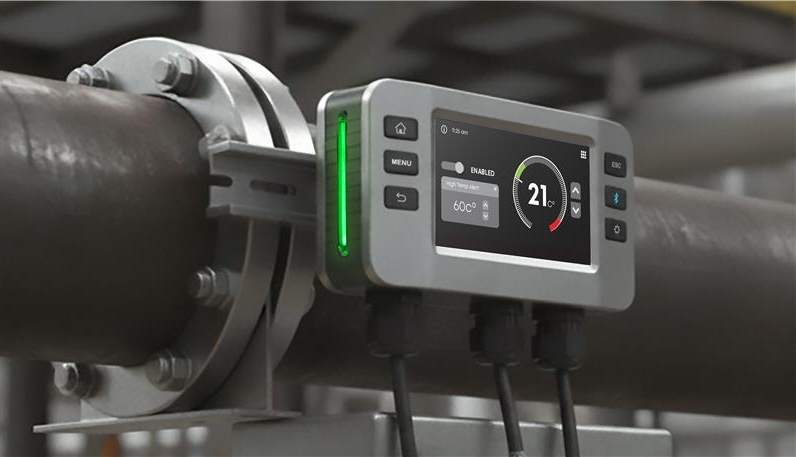Design the Future of Touch
Design Guidelines for Embedded Systems with Touch Displays
As OEMs race to deliver more connected, intuitive, and user-friendly products, embedded Human-Machine Interfaces (HMIs) with touchscreens and display systems have become essential. But designing these advanced interfaces requires more than just great visuals—it demands careful integration of hardware, software, and user experience.
This comprehensive guide is built for product designers, engineers, and innovation leaders developing next-generation HMI systems across industries like medical devices, industrial equipment, transportation, and consumer electronics.
Inside this guide, you’ll learn:
- User Experience (UX) & Graphical User Interface (GUI) Design: Create intuitive, responsive interfaces that enhance usability and brand perception.
- Embedded Systems Design: Select the right microcontrollers or microprocessors and Graphics Development Environments (GDEs) to support your interface requirements.
- Display Technologies & Considerations: Compare touch technologies, glass cover lenses, LCD options, resolution, backlight brightness, temperature range, color depth, and viewing angles to ensure optimal performance in any environment.
- Surface Treatments, Films & Overlays: Enhance durability, readability, and tactile feedback using the right material stack-ups and design choices.
- Testing & Iteration Best Practices: Reduce risk and time-to-market through proven approaches to prototyping, testing, and refining your embedded HMI solution.
Whether you’re developing a touchscreen medical diagnostic device, an industrial controller, or an automotive interface, this whitepaper provides a clear framework to guide your design decisions and elevate product performance.
Fill out the form to access your free HMI guide and start designing smarter, more integrated touch surfaces—built to perform, engineered to impress.



